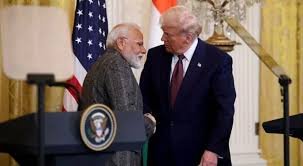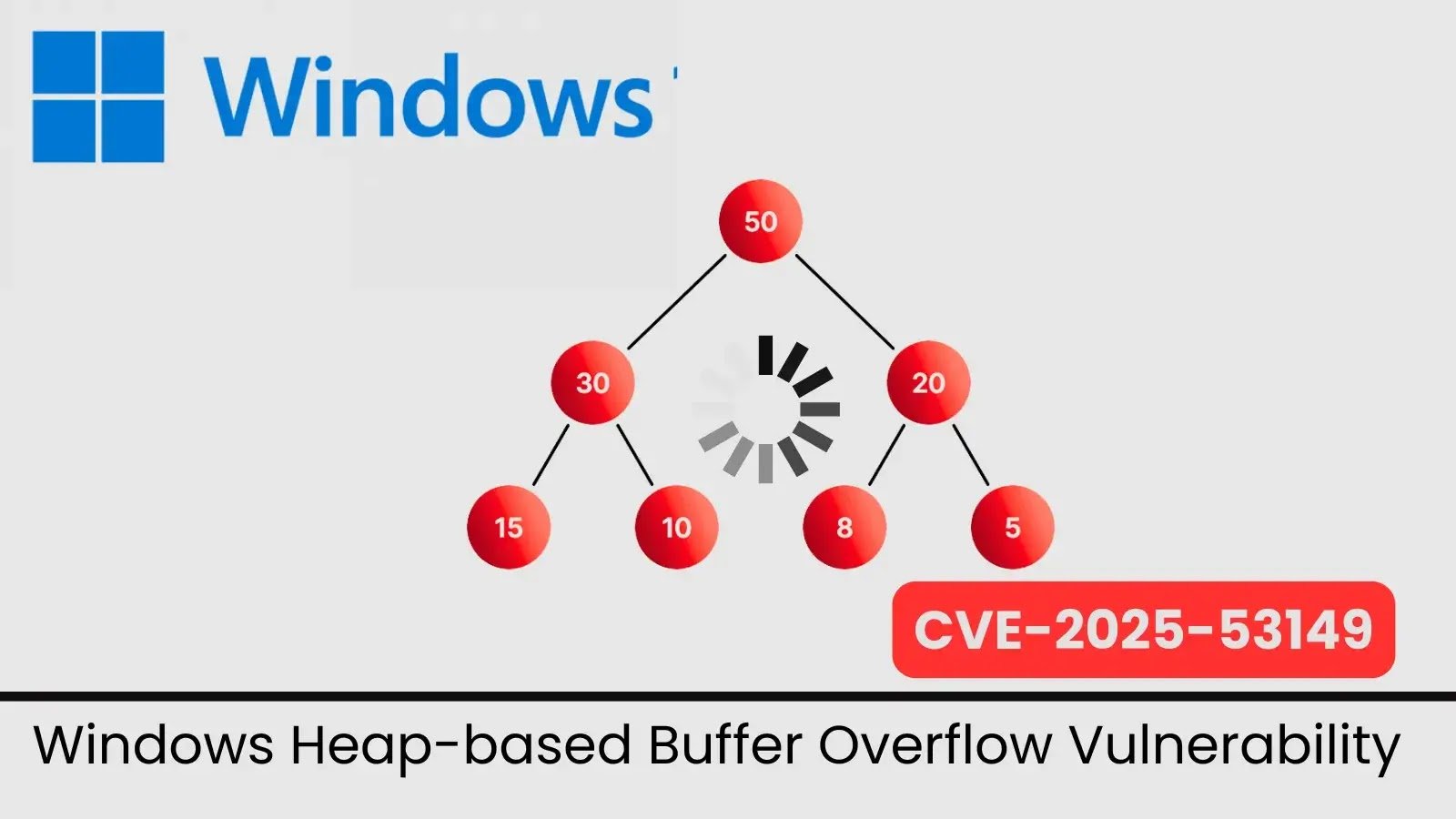In July, India imported about 5 million barrels of oil a day, of which 1.6 million came from Russia.
After the new levy, India will attract the highest tariff of 50 per cent along with Brazil. After this, India’s competitors will be much better placed in the US market as their duty is lower – Myanmar (40 per cent), Thailand and Cambodia (both 36 per cent), Bangladesh (35 per cent), Indonesia (32 per cent), China and Sri Lanka (both 30 per cent), Malaysia (25 per cent), Philippines and Vietnam (both 20 per cent).
There was no immediate response from the Indian government on the fresh levy.
The announcement comes at a time when a US team is scheduled to visit India from August 25 for the sixth round of negotiations for the proposed bilateral trade agreement (BTA).
The sectors, which will have to bear the brunt of these tariffs include textiles/ clothing, gems and jewellery, shrimp, leather and footwear, animal products, chemicals, and electrical and mechanical machinery.
The exempted goods, which will not be subject to the high tariffs, include pharmaceutical; energy products such as crude oil, refined fuels, natural gas, coal, and electricity; critical minerals; and a wide range of electronics and semiconductors, like computers, tablets, smartphones, solid-state drives, flat panel displays, and integrated circuits.
According to exporters, the move would affect India’s USD 86 billion worth of exports to the US severely.
“It is extremely shocking. It will impact India’s 55 per cent of exports to US,” Federation of Indian Export Organisations (FIEO) DG Ajay Sahai said.
In 2024-25, the bilateral trade between India and the US stood at USD 131.8 billion (USD 86.5 billion exports and USD 45.3 billion imports).
The announcement is being seen as a pressure tactic to get New Delhi to agree to demands made by the US in the proposed BTA.
The US is seeking duty concessions on certain industrial goods, automobiles, especially electric vehicles, wines, petrochemical products, agri goods, dairy items, apples, tree nuts, and genetically-modified crops.
The two countries are aiming to conclude the first phase of the pact by fall (October-November) this year.



